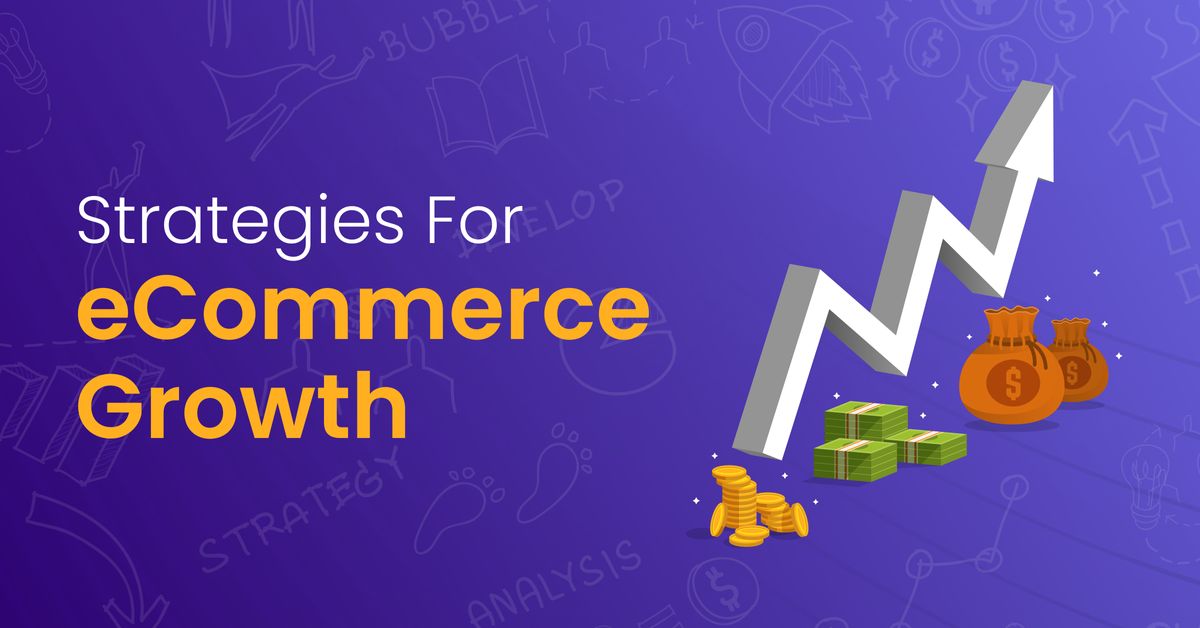The e-commerce landscape in the United States has seen exponential growth, offering significant opportunities for small businesses to reach wider audiences and boost their sales. However, the competitive nature of the online marketplace requires strategic planning and execution. Here are some effective e-commerce growth strategies for small U.S. businesses:
1. Optimize Your Website for User Experience
A user-friendly website is crucial for retaining visitors and converting them into customers:
- Responsive Design: Ensure your website is mobile-friendly. A significant portion of e-commerce traffic comes from mobile devices, so a responsive design is essential for a seamless user experience.
- Fast Loading Times: Optimize your website to load quickly. Slow loading times can lead to higher bounce rates and lost sales.
- Easy Navigation: Simplify your website’s navigation to help users find products easily. Use clear categories, filters, and search functionality.
2. Leverage Search Engine Optimization (SEO)
SEO is vital for driving organic traffic to your e-commerce site:
- Keyword Research: Identify relevant keywords that potential customers use to search for products in your niche. Use tools like Google Keyword Planner or SEMrush for this purpose.
- On-Page SEO: Optimize product descriptions, meta tags, and headings with targeted keywords. Ensure each product page has unique and detailed content.
- Content Marketing: Create valuable content related to your products. Blog posts, how-to guides, and videos can help attract and engage potential customers while boosting your SEO efforts.
3. Utilize Social Media Marketing
Social media platforms are powerful tools for reaching and engaging with your target audience:
- Platform Selection: Focus on the platforms where your target audience is most active. For example, Instagram and Pinterest are great for visual products, while LinkedIn can be effective for B2B sales.
- Content Strategy: Post regularly and use a mix of content types, including images, videos, stories, and live streams. Engage with your audience through comments, messages, and interactive posts.
- Advertising: Invest in social media ads to increase visibility and drive traffic to your website. Utilize targeting options to reach specific demographics and interests.
4. Implement Email Marketing Campaigns
Email marketing remains one of the most effective channels for driving sales and building customer loyalty:
- Build an Email List: Collect email addresses through sign-up forms, pop-ups, and special offers. Ensure you have clear consent from subscribers.
- Personalization: Segment your email list and send personalized content based on customer preferences and behavior. Use tools like Mailchimp or Constant Contact for automation and segmentation.
- Engaging Content: Send regular newsletters, promotional offers, and product recommendations. Keep the content valuable and relevant to maintain engagement.
5. Offer Exceptional Customer Service
Outstanding customer service can set your e-commerce business apart and foster customer loyalty:
- Live Chat Support: Provide real-time assistance through live chat on your website. This can help resolve customer queries quickly and improve their shopping experience.
- Easy Returns: Implement a hassle-free return policy. Clear and straightforward return processes can build trust and encourage more purchases.
- Customer Feedback: Actively seek and act on customer feedback to improve your products and services. Use surveys, reviews, and social media interactions to gather insights.
6. Leverage Marketplaces and Multi-Channel Selling
Expand your reach by selling on multiple platforms:
- Online Marketplaces: List your products on popular marketplaces like Amazon, eBay, and Etsy. These platforms have vast user bases that can drive additional sales.
- Multi-Channel Integration: Use tools that integrate your e-commerce platform with various marketplaces to manage inventory, orders, and customer data seamlessly.
7. Invest in Paid Advertising
Paid advertising can help drive immediate traffic and sales:
- Google Ads: Use Google Shopping and search ads to target customers actively searching for products like yours. Optimize your campaigns based on performance data.
- Retargeting Ads: Implement retargeting ads to reach visitors who have previously interacted with your website. This can help convert potential customers who didn’t make a purchase initially.
8. Utilize Data Analytics
Data-driven decisions can significantly enhance your e-commerce strategy:
- Analytics Tools: Use tools like Google Analytics and Shopify Analytics to track website performance, customer behavior, and sales metrics.
- Performance Insights: Regularly analyze data to understand what’s working and what isn’t. Adjust your strategies based on these insights to improve results.
Conclusion
E-commerce offers immense growth potential for small U.S. businesses, but it requires a strategic approach to succeed in a competitive market. By optimizing your website, leveraging SEO and social media, implementing effective email marketing, offering exceptional customer service, expanding through multi-channel selling, investing in paid advertising, and utilizing data analytics, you can drive growth and achieve long-term success in the online marketplace. Embrace these strategies to enhance your e-commerce presence and capitalize on the opportunities in the digital economy.


